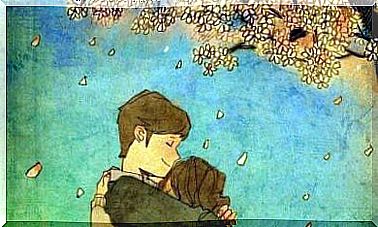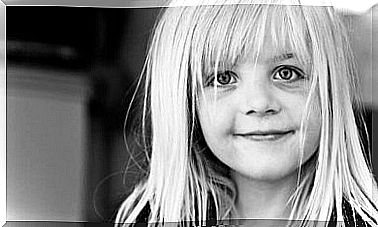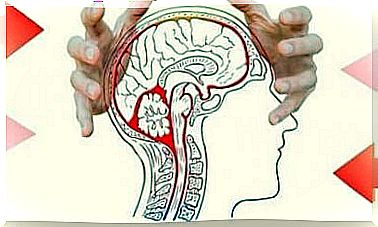Sundowning Syndrome In The Elderly

Today we will focus on the changes that occur in the sleep structure of older people with regard to behaviors that occur when the days get darker. This phenomenon is called sundowning syndrome in the elderly.
As people get older, they tend to notice changes in almost all of their habits. Some say that people become more manic as they get older when it comes to things like food, cleaning, sleep, etc.
Why does it happen?
Sundowning syndrome in the elderly can be defined as a confusion that occurs in the late afternoon and continues into the evening.
It can affect anyone, especially as the person ages. However, it is more common in people who have some form of dementia.
It is important to mention that even when it can affect everyone, only between 10-25 of the patients are affected (Lestaoch Petocz, 2004).
According to Gonzáles and Sardinia (2015), Dewing believed that this condition was difficult to define correctly.
However, he said it contains periods of extreme fatigue and confusion in the late afternoons and early mornings, leading to irritation. The patient also experiences behavioral changes.
How it affects people with dementia
According to Echáverri and Erri (2007), sundowning syndrome is a common condition. As we have mentioned before, there is no special definition regarding it.
However, we can call it a negative psychological behavioral episode. It affects some patients with Alzheimer’s so that they become restless, aggressive and irritable during the last hours of the day.
Sundowning syndrome aggravates the confusion caused by Alzheimer’s and as a consequence the dementia symptoms and the emotional and cognitive problems also worsen.
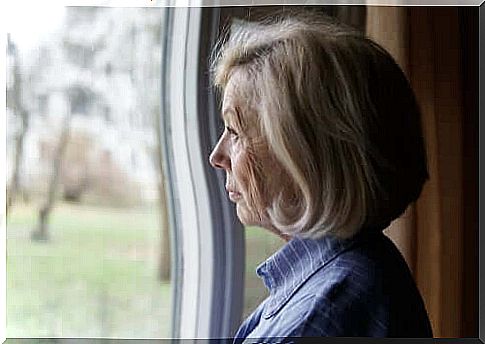
Signs and symptoms of sundowning syndrome
As Gimenez and Macias said, the origin or cause of this syndrome may be due to a circadian rhythm disorder caused by Alzheimer’s
Another reason may be the change in the perception of light that comes with age.
Some of the causes that can lead to this syndrome can be social isolation and the darkness at sunset. Another may be
There is no defined clinical picture, but some of the symptoms of this syndrome, according to Gimenez and Macias (2015), are:
- Increased disorientation
- Confusion
- Hyperactivity
- Aggressive behavior
- Anxiety
Other symptoms that also manifest themselves are, according to Echáverri and Erri (2007), the following:
- Monologues, lively discussions, screaming, swearing.
- Apathy and depression.
- Headache.
- An increased nocturnal activity that leads to insomnia.
- Paranoid thoughts.
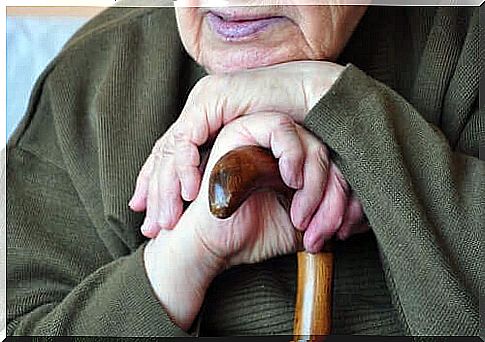
How to deal with sundowning syndrome in the elderly
In addition to medicine, it is important to consider the following recommendations:
- Set up regular lifestyles.
- Keep the person busy with simple activities.
- Do not take a nap during the day.
- Reduce noise.
- Make sure the lighting is correct.
- Avoid caffeinated beverages.
- Make sure the person is not taking medications that lead to this syndrome.
With that said, we should be aware that multisensory therapy can relieve symptoms of this syndrome.
There is not much information about sundowning syndrome. It is important to understand the factors that lead to different changes in order to be able to act accordingly.
Only then will the patients’ quality of life change.



